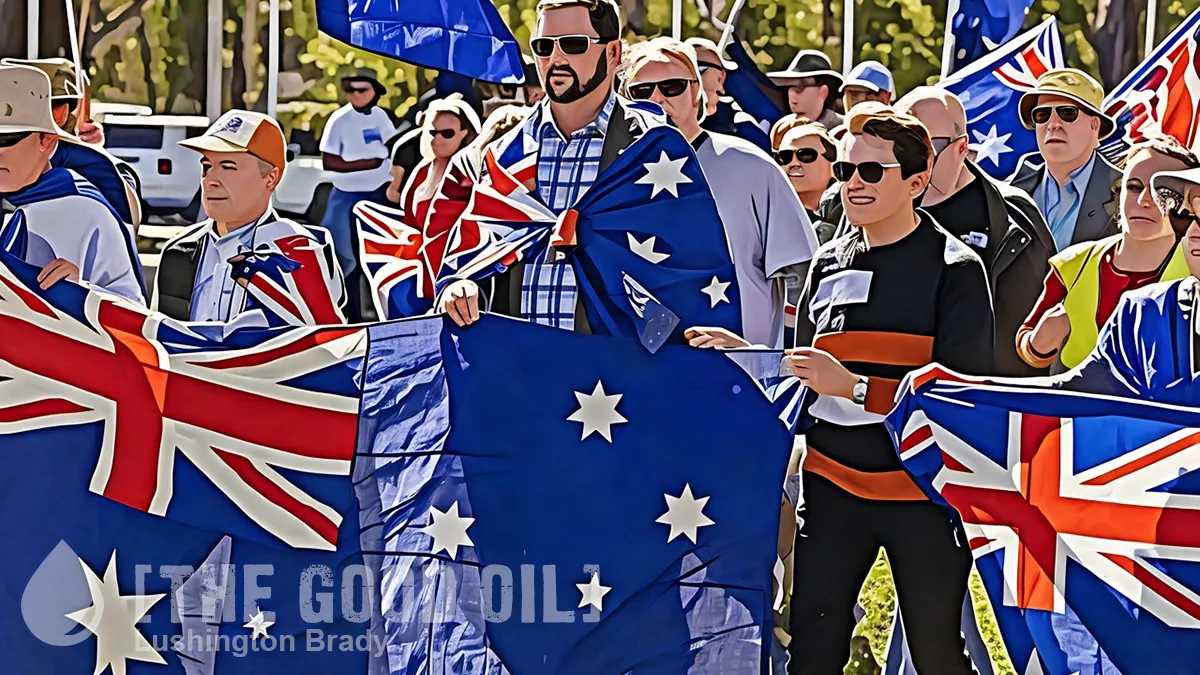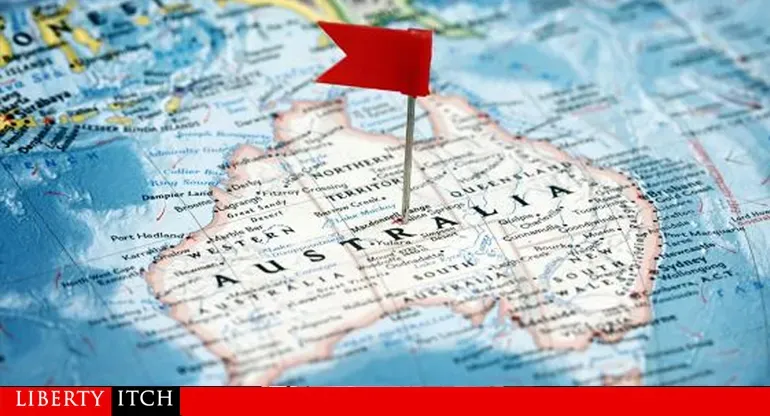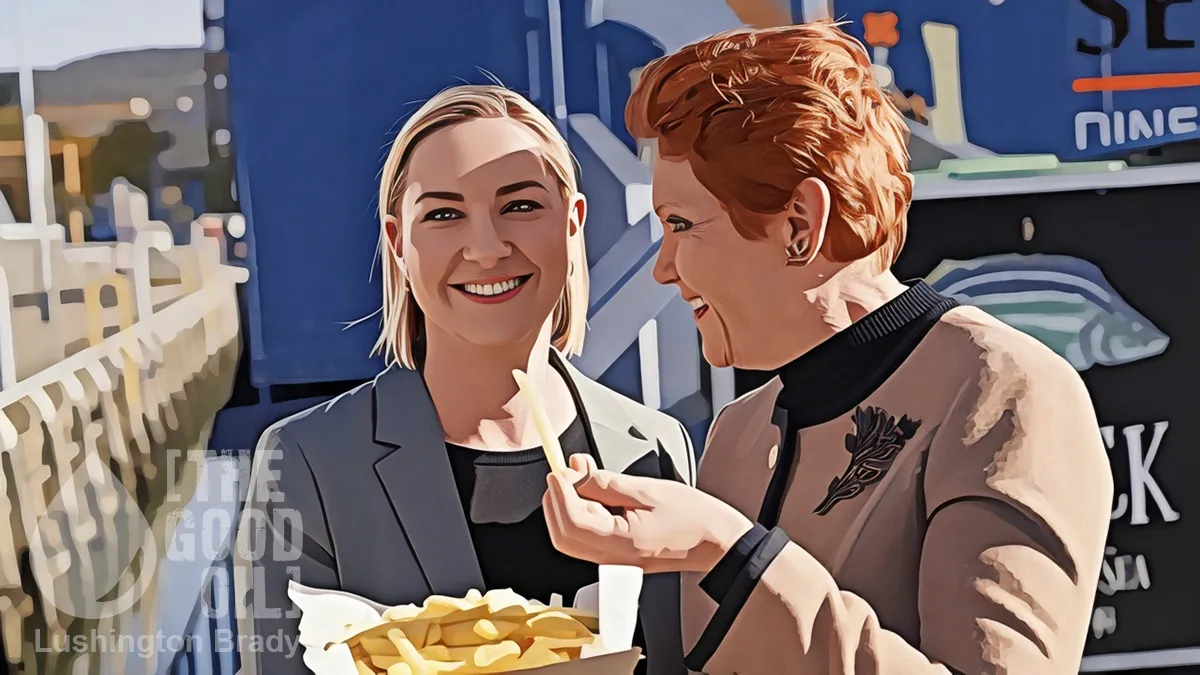Table of Contents
As I wrote recently, with its poll fortunes reaching pre-2019 levels, the Coalition is in deep trouble, going into a likely May election. Morrison’s last big shot at repeating the 2019 “miracle win” was Treasurer Josh Frydenberg’s budget. If Frydenberg tried the classic John Howard move of a budget full of pre-election sweeteners, the Coalition might have a shot.
Frydenberg has done exactly that. The budget, described generously as a “‘we listen, we care’ pre-election Liberal budget” (and less generously as a “bribe”) is targeted squarely at the kitchen tables of low and middle-income families. It’s also aimed at wedging Labor, who will tub-thump all they will, but ultimately support every measure rather than alienate voters.
Josh Frydenberg has balanced the economics and politics better than many analysts expected.
Surging revenues have given Frydenberg the scope to offer a wide range of concessions to middle Australia and cushion cost-of-living pressures while making a far bigger contribution to reducing the budget deficit.
This budget won’t inspire partisan rejection of its measures. Indeed, it is guaranteed to fuel partisan agreement.
Of course, the budget won’t do much to satisfy fiscally conservative Coalition traditional voters, but it also won’t alienate them even more on the sort of Culture War issues that Morrison has continually squibbed. There’s not much talk of “climate change” in the budget, the ABC and universities have been denied big funding increases, and massive immigration increases are off the table.
How do we assess the balance between economics and politics? The budget over five years from 2021-22 has extra revenue of $143bn from mid-year, with $103bn going to the bottom line and $39bn being policy decisions involving tax and spend.
There is a long list of beneficiaries – low and middle-income earners, families, motorists, two-car households, pensioners, tradies, small businesses – along with commitments on the regions, women’s safety, mental health, essential services and infrastructure projects.
These are all hot-button issues for exactly the sort of voters in suburban and regional Australia who are currently wavering.
Frydenberg has tried to cut a budget for the times – with a public that is risk averse, searching for improvement, battered by the pandemic, fires and floods and having no appetite for radical change […]
Frydenberg’s central message is that the pandemic “was no playbook” but Australia is resilient, it has come through and Australia’s recovery is “faster and stronger than the US, the UK, Canada, France, Germany, Italy and Japan” […]
The budget seeks a balance between short-term household relief and longer-term economic improvement. But the Treasurer walks a fine line – the forecasts are sure to be challenged.
The immediate dividends to the public are tangible: more people in jobs, fewer on welfare. But the budget only works in political terms if it impinges on the “lived experiences” of the public. The dilemma Frydenberg faces is that overall economic numbers are impressive but that is not how people feel. The “cut through” test will depend upon people feeling an improvement in their cost-of-living and attributing that to the government – and these are hard tests.
The Australian
The politically cleverest move is the cut to the fuel excise. Australians are well aware that much of the price at the bowser is in tax. An instant 22c/litre cut is a tangible measure. As are the one-off “cost of living tax offsets”: the sort of emergency payment that won so much short-term goodwill for the Kevin Rudd government in 2009. But Rudd tried to repeat the trick, three times and blew a budget surplus deep into deficit, an outcome that cut worse than the stimulus payments could heal. But, this is a one-shot aimed at winning an imminent election: the gain is more important to the government than any long-term pain.
All in all, Frydenberg has done everything he can to get the Coalition across the line and save his boss’ job. Whether voters buy it, or just take the money and run to Labor, remains to be seen.









